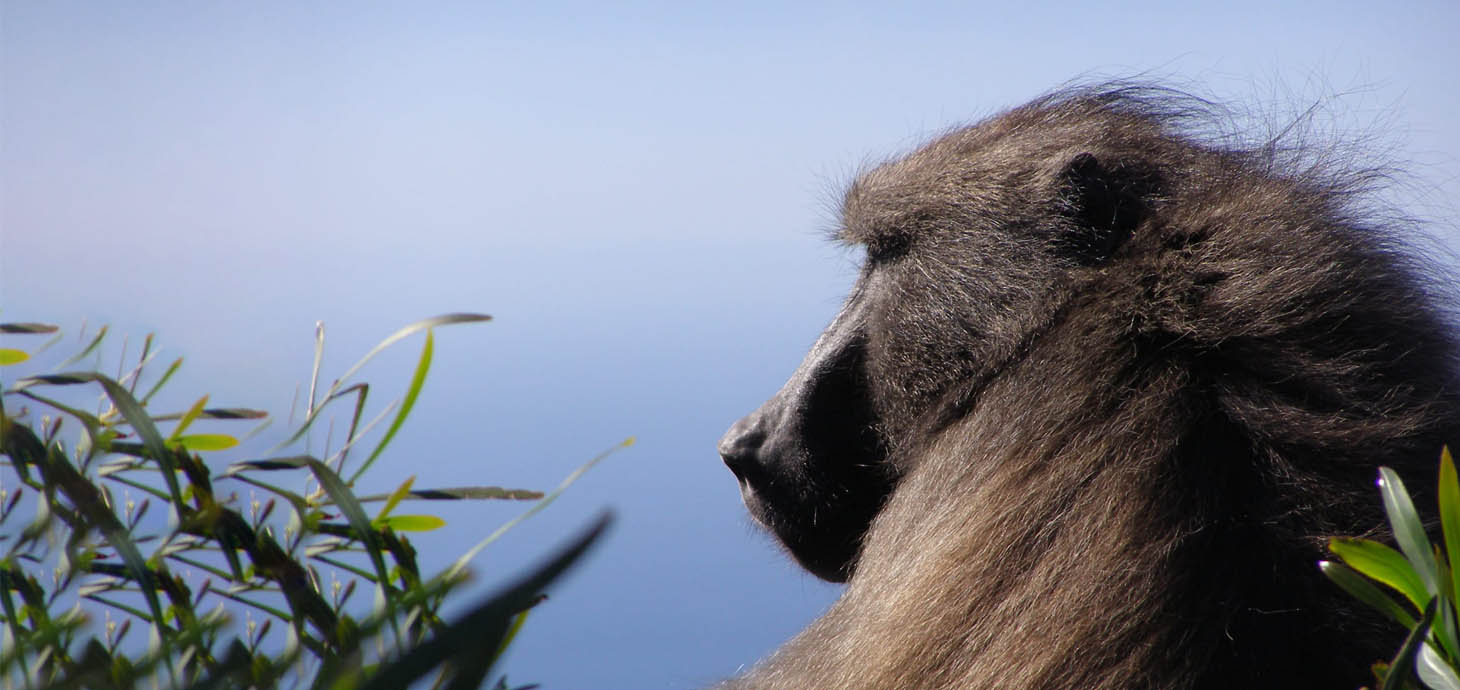
In a unique study, researchers from Swansea University (UK) and the University of Cape Town in South Africa have used GPS collars to study the collective behaviour of a troop of baboons living on the outskirts of the City of Cape Town.
The GPS collars recorded the position of the baboons at every second and the researchers found that in natural space the baboons showed typical patterns of collective behaviour. By contrast, in urban areas, where there are increased risks such as traffic but increased potential for calorie-rich human food rewards, the baboons moved more quickly, broke up into sub-groups, and didn’t coordinate their movements with each other.
Despite not coordinating their movements as they would in natural spaces, the researchers found that leader–follower roles in the baboon troop were similar in natural and urban space, with high-ranking adult males having most influence on the movement of group members.
Anna Bracken from Swansea University, lead author of the study, which is published in Proceedings of the Royal Society B: Biological Sciences, said: “We expected dominant baboons to have less influence on others’ movements in urban space because the troop social dynamics break down. But we were surprised that the males continued to play an important role.”
Scientists are only just beginning to understand the collective behaviour of wild social groups because of the challenges involved in observing lots of individuals at the same time. Scientists know even less about whether collective behaviour changes in built-up environments like cities. This is an important gap in knowledge given the increasing levels of spatial overlap between wildlife and humans worldwide.
The surprising finding in this study is also positive news for the City of Cape Town’s Urban Baboon Programme, which aims to reduce negative interactions between humans and baboons.
“The baboon rangers are tasked with keeping baboons out of the city, and by focussing on adult males, they indirectly deter most of the group from urban space, because these males tend to be followed”, said Professor Justin O’Riain of the University of Cape Town, co-author of the study.
The finding that the baboons show flexible group cohesion and coordination, but robust leader–follower roles when moving in the city, highlights both flexibility and robustness in collective behaviour. The scientists are now using their dataset to look more closely at the baboons’ decisions to move in and out of natural and urban space.
Dr Andrew King, senior author of the study, explained: “When you observe animals in real time you try and record everything in your notebook or computer, but only capture a small amount of what is happening. These GPS data provide us with a sort of time machine. We can go back to specific events and zoom in on what the baboons are doing.”
